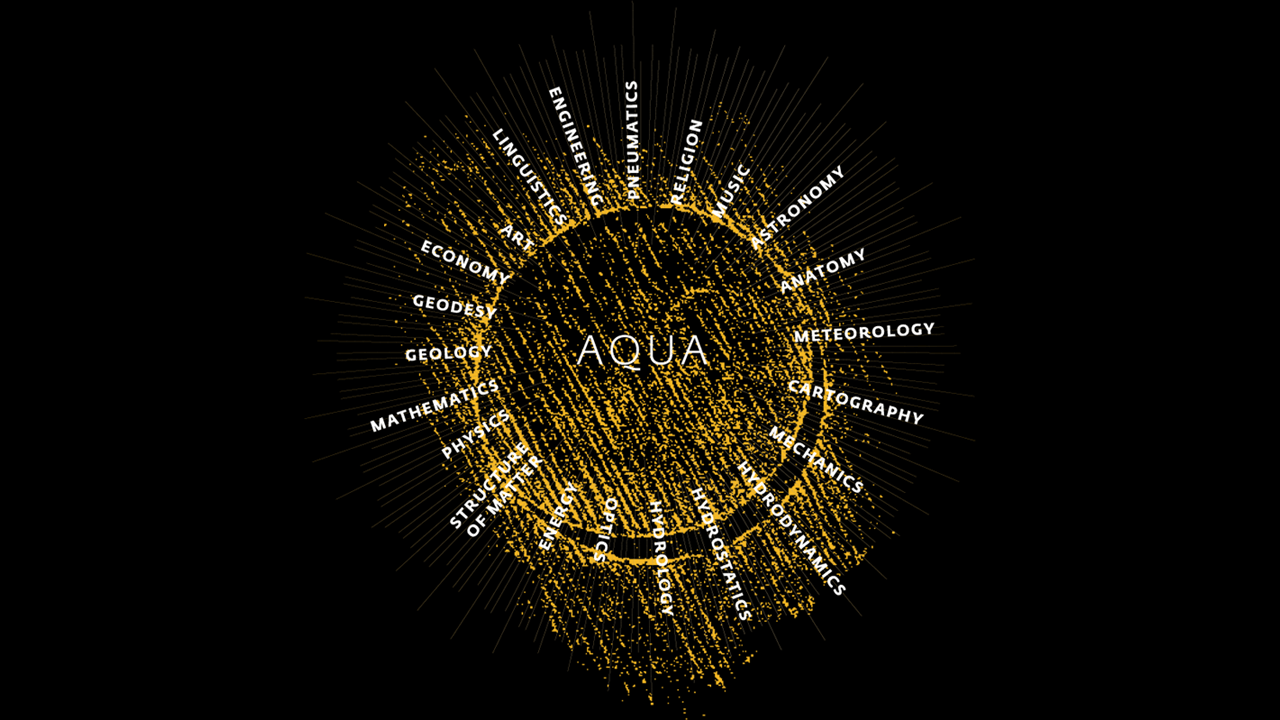Tag Italy
By contributing editor Luna Sarti This year several events will take place across the world to celebrate Leonardo da Vinci on the occasion of the 500th anniversary of his death. In Florence, where Leonardo lived and worked for several years,… Continue Reading →
by Madeline McMahon Antonio Bosio’s Roma sotterranea was published posthumously in 1634. Bosio’s original manuscript, now in the Biblioteca Vallicelliana, was finally brought to print by the Oratorian scholar Giovanni Severano. The book would have cost a fortune—it was over… Continue Reading →
by guest contributor Anna Gialdini In the Preface to the Magnum ac perutile Dictionarium (1523), Janus Laskaris put words into the mouth of his pupil Guarino Favorino about Favorino’s ethnic identity. Favorino argued that while his parents were Italian, he… Continue Reading →
by guest contributor Elisabeth Brander Alchemy, and its association with the quest for the always-elusive philosopher’s stone, is one of the most fascinating aspects of early modern science. It was not only a tool to effect the transmutation of metals… Continue Reading →
By guest contributor Jeremy Bleeke The life and work of Medardo Rosso (1858-1928) has traditionally been divided by scholars into two phases: an initial period of creative fecundity, and a late period characterized by processes of reproduction, repetition, and copying,… Continue Reading →






